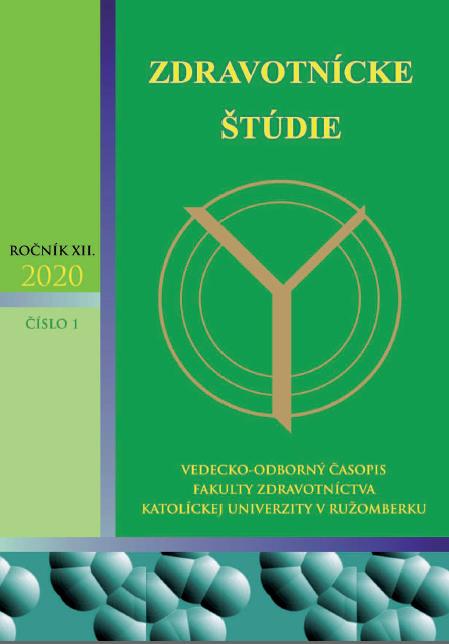Príprava transfúzneho lieku s obsahom trombocytov – posúdenie kvality v závislosti od druhu transfúzneho lieku
Preparation of Platelet Transfusion Medicinal Product - Quality Assessment Depending on the Type of Transfusion Product
Author(s): Jaromír Tupý, Oľga Chrenková, Janka Filická, Klaudia Gejdošová, Oľga HusarčíkováSubject(s): Health and medicine and law
Published by: VERBUM - vydavateľstvo Katolíckej univerzity v Ružomberku
Keywords: Platelet; Transfusion drug; Buffy coat; Pool; Apheresis; Quality;
Summary/Abstract: Introduction: The basic prerequisite for the therapeutic use of blood and blood components - hemotherapy, is the preservation of their functions throughout the storage period. With the development of modern medicine, there has been a need to supplement platelets as a necessary part of ensuring blood clotting. Historical possibilities in the form of whole have become unjustified due to low yield and side effects. Therefore, it was necessary to look for new options that would make the possibilities of hemotherapy more effective. The turning point came with the development of component processing of whole blood, possibly selective collection in the form of instrumental apheresis. Aim: The aim of the work is to evaluate and compare the quality of prepared transfusion drugs with platelet content depending on the type of preparation on the basis of established quality indicators. Material and methods: The set consisted of platelet-containing transfusion units, which on the basis of preparation and processing were divided into two subgroups: 1. platelet concentrates pooled deleukotized produced by buffy coat from a mixture of 5 Tu (TKBd) (n = 143) and deleukotized apheresis concentrates (Tad) (n = 62). Tu volume (ml), platelet and leukocyte content (x 109) and pH values were statistically processed. Results: The study confirmed the sufficient quality of both platelet-containing transfusion drugs. all transfusion units had a larger plasma volume than the required 40 ml for the number of Trc 60x109. The average platelet content in all units was higher than the required standard. The total leukocyte count reflected the deleukotized (leukocyte-depleted) preparation with values below the set upper limit (1 x 106 per Tu). also, the pH value at the end of expiration met the required value based on the quality and safety requirements of platelet concentrates. Conclusion: The work offered a view of a transfusion drug containing platelets. With regard to meeting the quality conditions, it is only up to the request of the indicating physician what type he / she will ask for in order to ensure a significant increase in hea lth care and thus expand the possibilities and limits of therapy.
Journal: Zdravotnícke štúdie
- Issue Year: XII/2020
- Issue No: 1
- Page Range: 12-19
- Page Count: 8
- Language: Slovak

